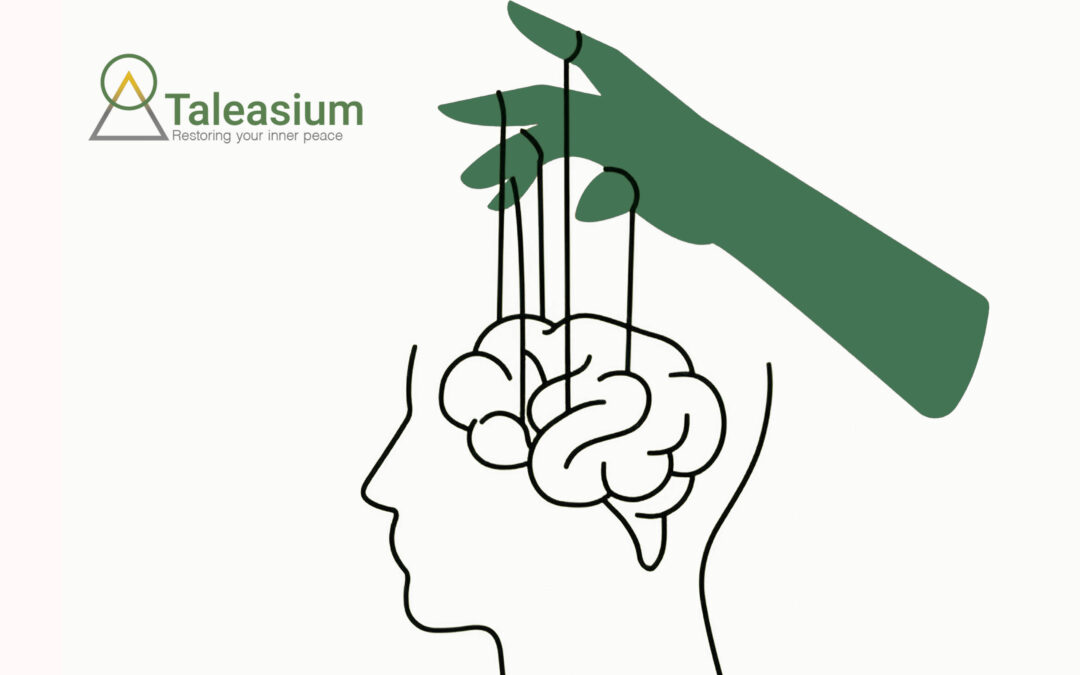How to Control the Mind (In a Healthy Way)
We’ve all experienced the mind running wild — replaying old memories, worrying about the future, or filling the silence with self-doubt and judgment. While the mind is a powerful tool, when left unchecked, it can become our greatest source of stress, fear, and disconnection.
But here’s the truth: you don’t need to fight or suppress your mind to find peace. Real mental control isn’t about dominance — it’s about healthy relationship. It’s about learning how to work with the mind, not against it.
Let’s explore how to do that, gently and sustainably.
1. Become the Observer, Not the Controller
Trying to control the mind often backfires. The more we try to suppress a thought, the louder it gets. Instead, step into the role of the observer. Watch your thoughts rise and fall like waves on the shore, without attaching or reacting.
This simple shift – from identifying with the mind to witnessing it – creates space. In that space, you’ll find clarity and choice.
Practice: Spend 5 minutes a day just watching your thoughts without judgment. Say to yourself: “That’s a thought… and I don’t have to believe it.”
2. Anchor Into the Body
When the mind is noisy, the body is a refuge. The mind spins in loops, but the body exists in the now. Gentle movement, breathwork, touch, or stillness all bring you back to presence.
By anchoring into your body, you naturally soften the grip of mental chatter.
Practice: Place a hand on your heart or belly and take three slow breaths. Feel your body from the inside. Let your awareness settle there.
3. Rewire the Narrative
The mind is shaped by past experiences and inherited beliefs. If you don’t consciously tend to it, it will default to old programming.
Healthy mental control means noticing patterns and lovingly reframing them. Not with toxic positivity, but with truth, compassion, and intention.
Practice: When you catch a limiting thought, ask: “Is this ultimately true? Is there a more empowering way to see this?”
4. Choose What You Feed Your Mind
Like the body, the mind responds to its environment. Constant stimulation, negativity, and fear-based content keep it reactive.
Limit noise where you can — social media, news, endless scrolling — and instead nourish your mind with spaciousness, beauty, learning, and soul food.
Practice: Notice how different environments or conversations make your mind feel. Begin curating your mental inputs like you would your diet.
5. Create Rhythms, Not Rules
The mind thrives on rhythm, not rigidity. Harsh discipline often creates more stress. Instead of forcing stillness or silence, create supportive rituals: morning grounding, nature walks, creative play, quiet evenings.
Over time, these rhythms teach the mind it’s safe to slow down and let go.
Practice: Introduce one simple daily rhythm that brings stillness or joy — even if it’s just 2 minutes long.
6. Don’t Do It Alone
You don’t need to master your mind in isolation. In fact, community, spiritual support, and guided healing work can accelerate the process. Sometimes we need another person to hold a mirror to our inner world — gently, safely, and without judgment.
Reminder: You’re not broken. Your mind may be loud because it’s been trying to protect you. With compassion and the right support, even the most chaotic inner world can become peaceful again.
Final Words
Healthy mind control isn’t about becoming some perfectly calm, always-positive person. It’s about gently taking back the steering wheel, building awareness, and learning to lead yourself with love.
There’s great power in being able to hear your mind, but not obey its every command.
It’s not about silencing the mind — it’s about creating inner harmony so your soul can lead.
You can find more details at Taleasium , or feel free to reach out directly if you’re curious.
Your healing matters. And there is a way through.
—
Adam Curtis
Wellness Therapist
Meet
Adam!
After a neck injury and mental health challenges, I began a deep journey of healing and self-discovery. That path led me to the work I do now — supporting others to heal their bodies and minds.

